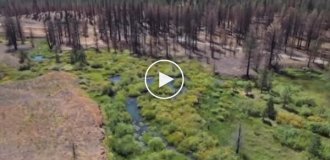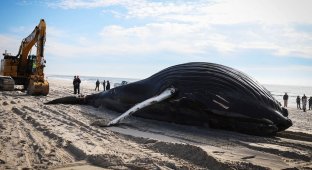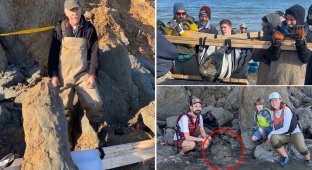Globster: the mystery of mythical creatures, which occasionally throws ashore (6 photos)
When the sun goes down and darkness covers the shore, from the depths ocean, a chilling sight appears. With its grotesque appearance and mysterious origins, the mysterious gloster has for decades led to bewilderment and horror of beach goers. 
Join us and go on an exciting journey into the unknown to learn history, legends and scientific information about these monstrous marine inhabitants.
Origin of the term 
In 1960, cryptozoologist Ivan Sanderson coined the term "globster" to describe an unusual mass of decaying organic matter washed ashore in Tasmania.
The Tasmanian Globster, as it came to be called, represented a huge gelatinous mass without any distinguishing features, causing both admiration and fear in those who saw him.
This marked the beginning of a strange and long-lasting phenomenon, which has captured the imagination of people all over the world. But this creature was not the first of its kind.
St. Augustine monster, 1896 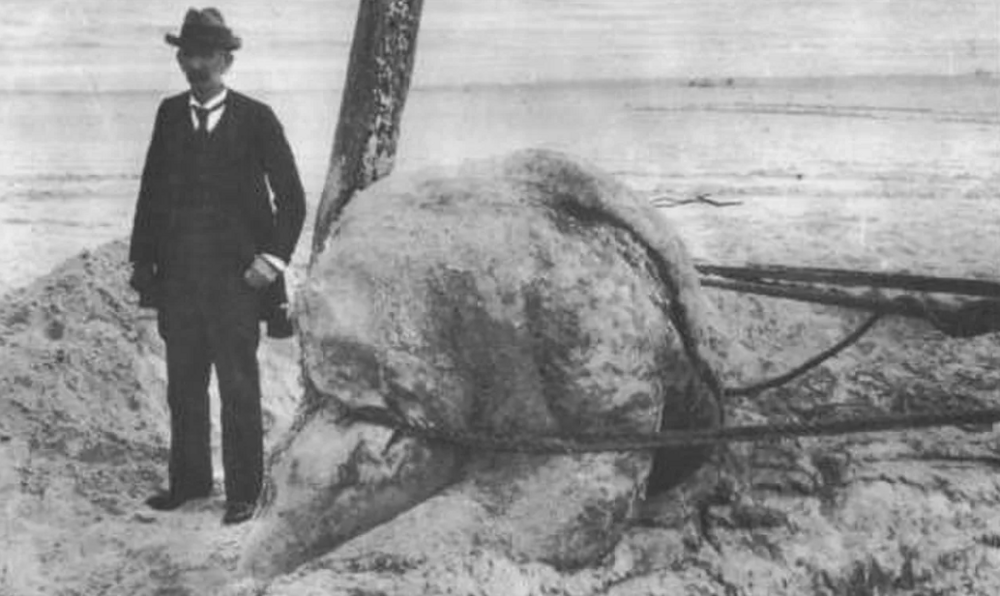
In November 1896, a strange and massive creature threw out ashore near St. Augustine, Florida. The length of the carcass was about 5 meters, width - 2 meters, thickness - half a meter, and weight - about 5 tons.
The Globster consisted of a rubbery, pinkish gray substance, which at first led many to believe that these were the remains giant octopus. Obvious tentacles of the creature, some of which were more than 9 meters long, further supported this theory.
However, over time, scientific analysis of the samples showed that the St. Augustine monster was most likely the remains of a large whale, possibly a sperm whale, and the "tentacles" were decomposed collagen fibers from subcutaneous whale blubber.
Bermuda drop, 1988 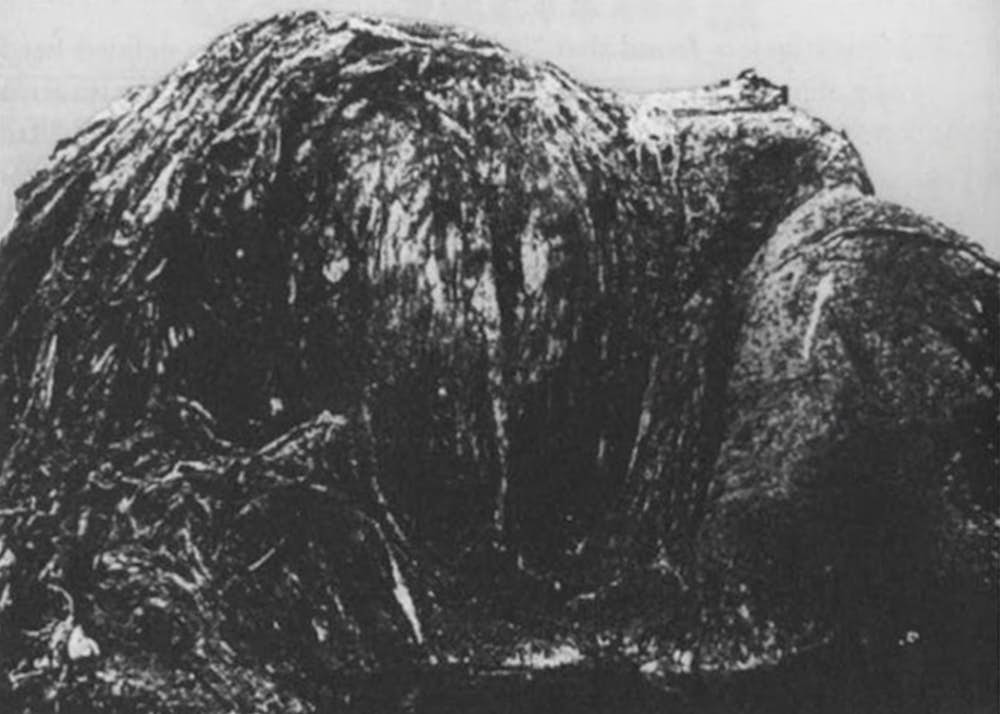
May 1988 at Mangrove Bay Beach in Bermuda an unusual gloster was discovered. This example measured approximately meters, half a meter wide and fibrous, texture, which led the surrounding in perplexity.
The strange appearance of this creature has given rise to many theories, ranging from unknown deep sea organism to extraterrestrial life form. However, subsequent studies have shown that "Bermuda drop" was most likely the remains of a decomposing whale.
Fibrous, hair-like structures were identified as collagen fibers characteristic of whale blubber in the later stages of decomposition.
Chilean balloon, 2003 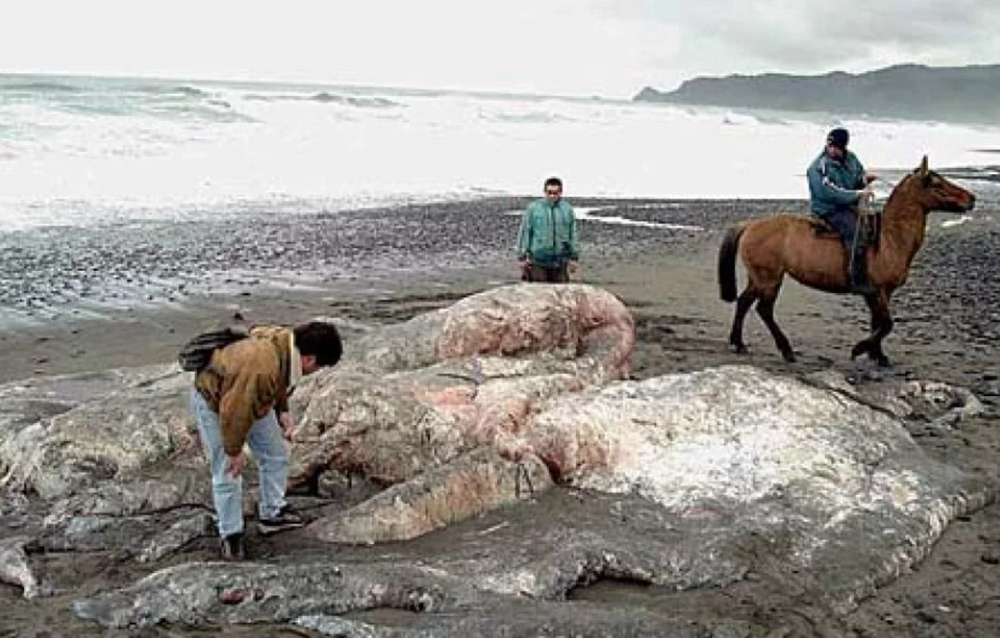
In June 2003, the colossal globester hit the headlines newspapers when discovered off the coast of Los Muermos, Chile. This the gargantuan mass weighed an astonishing 13 tons, and its length was about 12 m.
The Chilean ball sparked wild speculation, and the first theories assumed that these were the remains of a giant squid or even an unknown deep sea creature.
However, after careful analysis, scientists determined that the Chilean ball is the decaying remains of a sperm whale. DNA analysis confirmed this conclusion, putting an end to more fantastical theories, associated with the find.
Debunking Myths 
Despite their creepy appearance and chilling stories, the globsters turned out to be much less supernatural than thought previously.
Modern scientific analysis has shown that many globsters - these are the decaying remains of famous marine animals such as whales, sharks or large squids.
As these carcasses decompose, their recognizable features disappear, leaving behind amorphous, mysterious masses that for generations have fascinated and frightened beachgoers.






